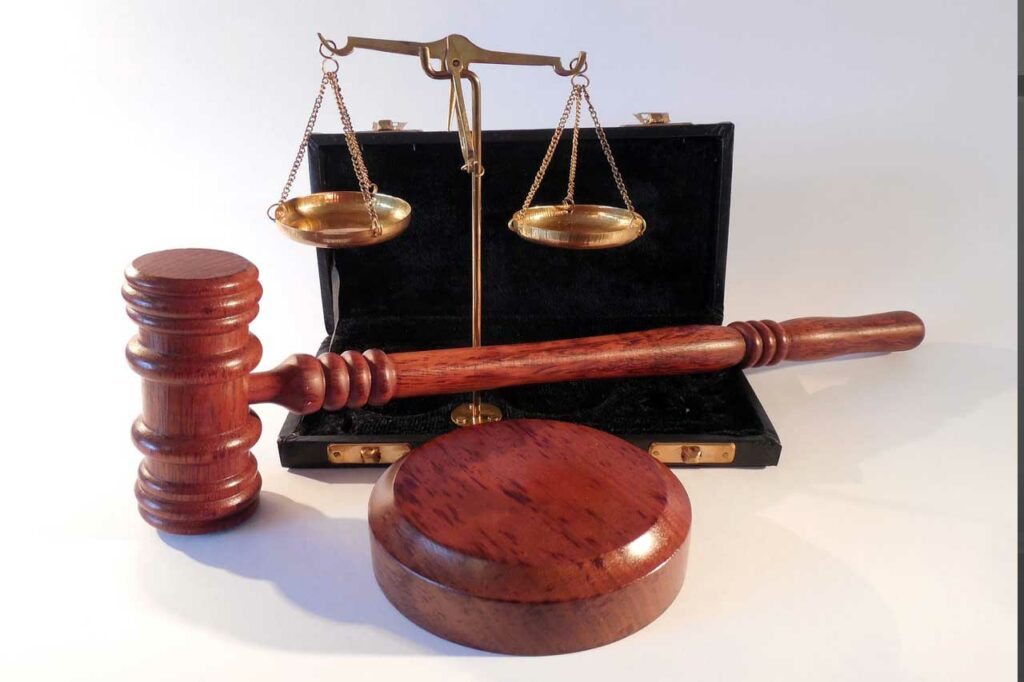Attorneys Alan Ellis and James H. Feldman, Jr. discuss how the §2255 and §2241 motions are applied to prisoners in custody to vacate their convictions or sentences. Originally published by the National Association of Criminal defense Lawyers, the article answers the following questions:
- Who can file a §2255 motion? What issues can be raised in a §2255 motion? How does a §2255 motion differ from a direct appeal?
What are some of the obstacles a defendant may encounter in litigating a §2255 motion? - Do prisoners have a right to appointed counsel to assist them in filing and litigating a §2255 motion?
- Is there a time limit within which a §2255 motion must be filed?
- How and where do you file a §2255 motion?
- What happens after the motion is filed?
- How long does the process take?
- Do any special rules apply to §2255 motions?
- What rules of discovery apply to §2255 motions?
- Can denial of §2255 motions be appealed?
- What is required to make a “substantial showing of the denial of a constitutional right”?
- Can a defendant file more than one §2255 motion?
- Who may file a §2241 action? When may a prisoner file a §2241 action?
- Where and how should a prisoner file a §2241 action?
- Can the denial of § 2241 relief be appealed?
- Can a prisoner file more than one §2241 habeas petition?


